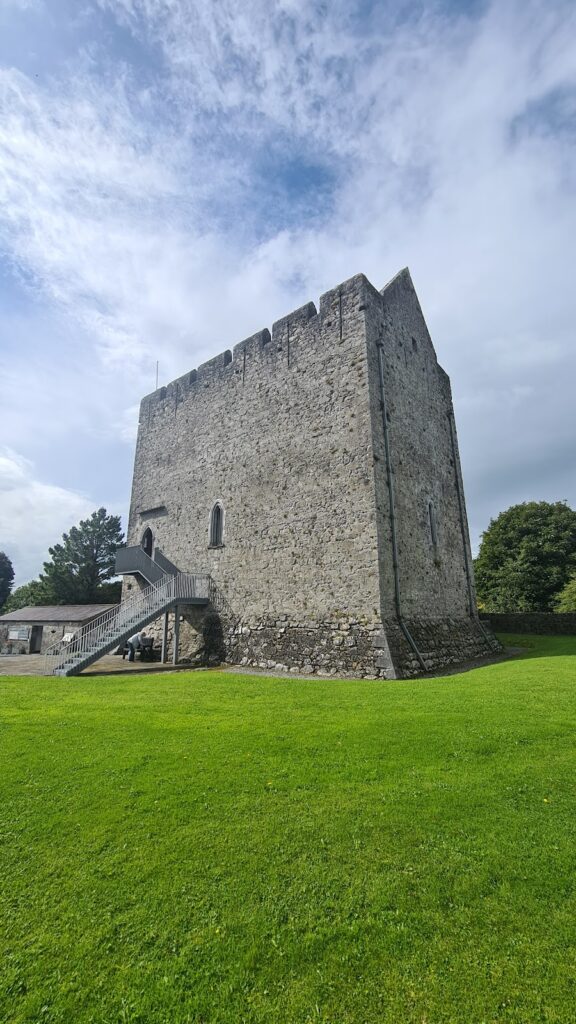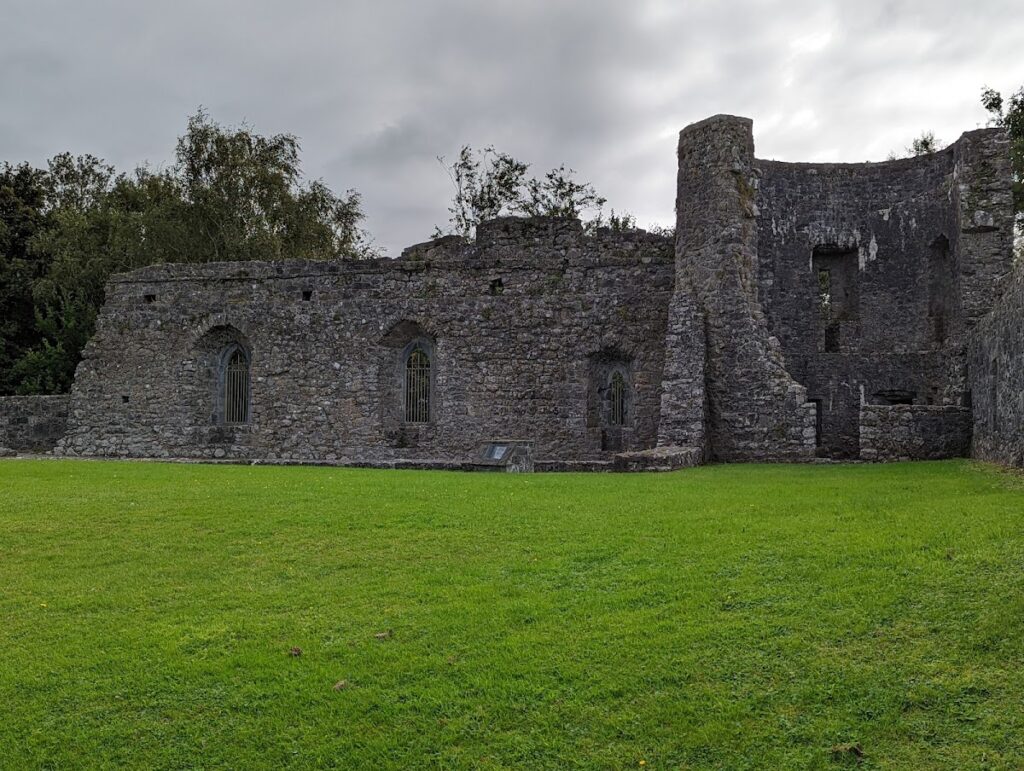Athenry Castle: A Medieval Anglo-Norman Stronghold in Ireland
Visitor Information
Google Rating: 4.4
Popularity: Low
Google Maps: View on Google Maps
Official Website: heritageireland.ie
Country: Ireland
Civilization: Unclassified
Remains: Military
History
Athenry Castle, situated in the town of Athenry in modern-day Ireland, was constructed by Anglo-Norman settlers during the early 13th century. It served as the stronghold for the Bermingham family, whose role in the region included overseeing the surrounding lands and securing key transit points.
The initial tower, commonly referred to locally as “King John’s Castle,” was built between 1235 and 1240, though this postdates the reign of King John of England by about twenty years. Originally, the keep was a low structure with its roof level corresponding to what is now the second floor. Around 1250, Meyler de Bermingham, a local lord, undertook significant expansions, enhancing the castle’s size and defensive capabilities. This period marked the beginning of the castle’s prominence in the area.
During the early 14th century, specifically in 1316, the castle came under attack amid regional conflicts involving Irish clans. This outbreak of violence led to the decision to strengthen the town’s defenses by constructing protective walls around Athenry, reflecting the escalating tensions of the time. Over the following centuries, the Bermingham family’s focus gradually shifted away from the castle. By the 15th century, they had moved into a townhouse closer to the town’s marketplace, indicating a change in their residential preferences and perhaps a shift in local power dynamics.
The castle’s military importance endured into the late 16th century. In 1596, during the Nine Years’ War—an Irish struggle for independence from English rule—it was seized by the O’Donnell clan, illustrating its continued strategic value. After various periods of conflict and use, Athenry Castle eventually came under conservation efforts and was restored in 2005 to preserve its historical fabric. Throughout its history, the castle’s owners bore the noble title of Barons of Athenry, and the site’s position atop a rise overlooking a ford on the River Clarin underscored its role in controlling local river crossings.
Remains
Athenry Castle today stands as a large rectangular tower house, exhibiting defensive architecture typical of the 13th century. Its walls slope outward at the base, a feature known as “battered walls,” intended to strengthen the structure and make assaults more difficult. The original design featured a single large hall on the upper floor, where daily life and gatherings likely took place, while the ground floor was reserved for storage. The main entrance was originally positioned at the first-floor level and reached by an external wooden staircase, adding a layer of protection by making direct access from the ground more challenging.
From the 13th century, the battlements remain notable, characterized by tall arrow slits set into the raised sections of the parapet known as merlons. In the 15th century, these defensive walls were adapted when the parapets on the north and south ends were incorporated into gabled structures, supporting a new roof. Internally, a built-in staircase is found within the thickness of the walls, allowing discreet access to the top floor. The castle’s heating was likely provided by a brazier placed centrally in the hall, with smoke vented through a specially designed opening or louver in the roof directly above.
Functional elements such as the garderobe, a medieval latrine, occupy a position diagonally opposite the main entrance, indicative of considered spatial arrangement within the keep. Decorative stone carvings enhance the castle’s doorway and two window openings. These carvings display floral motifs typical of the “School of the West,” an artistic style marking the transition from Romanesque to Late Gothic influences in the region. These carvings have survived sufficiently to be appreciated today as fine examples of medieval stonework.
Outside the main tower, remnants of the original enclosure wall still survive, along with defensive towers constructed at the northeast and southeast corners of the complex. The southwestern corner was protected by a fortified gate, emphasizing the layered defense surrounding the castle. Strategically located on a natural rise overlooking the west bank of the River Clarin, the castle guarded a ford, a crucial river crossing that added to its military and administrative significance. Portions of these walls remain in situ, reflecting both the castle’s historical defenses and the preservation efforts that have maintained the site as a national monument in Ireland.










